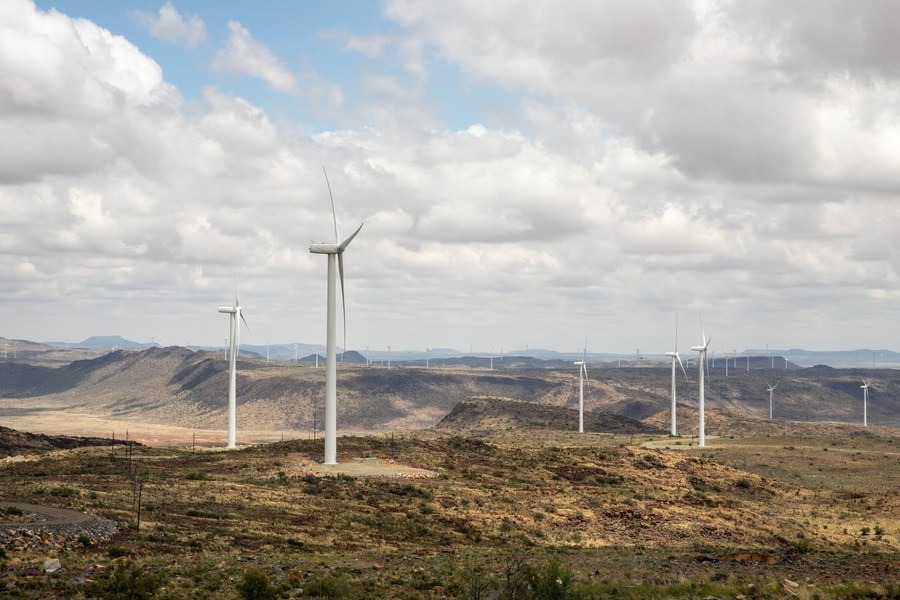Elderly face health risks amid climate hazards


As extreme heat becomes the "new normal" across many parts of the world, a new report by the United Nations Environment Programme, or UNEP, is sounding an alarm on heightened health risks for older persons.
Released on Thursday, the Frontiers 2025 report said annual heat-related deaths among older persons have risen by an estimated 85 percent since the 1990s.
Inger Andersen, executive director of UNEP, said the global share of people over 65 years old will rise from 10 percent in 2024 to 16 percent by 2050.
"Most of these people will live in cities — where they will be exposed to extreme heat and air pollution, and experience more frequent disasters," she said.
"Older people are already more at risk. Effective adaptation strategies will need to evolve to protect these older populations."
Titled "The Weight of Time — Facing a New Age of Challenges for People and Ecosystems", the report identified those with chronic illnesses, limited mobility, or frailty as the most vulnerable to heat-related health issues, including respiratory, cardiovascular, and metabolic diseases, as well as increased mortality.
UNEP recommends making cities pollution-free, resilient and accessible spaces with expansive vegetation especially for vulnerable groups. Researchers specifically suggest better urban planning, community-based disaster risk management, and improved access to climate information for older populations.
In addition to frequent and prolonged heat waves, the report highlighted two emerging risks: melting glaciers that may reawaken ancient pathogens, posing unknown health dangers, as well as floods and heavy rains that could release harmful chemicals into the environment.
"Heat waves are among the most frequent and deadly impacts of climate change, along with floods and shrinking ice cover," Andersen said.
"We must be prepared for the risks these impacts pose, especially for society's most vulnerable, including older persons. But solutions exist that can help protect communities and restore ecosystems long thought to have been lost."
Reducing cryosphere
The report warned that global temperatures more than 2 C above preindustrial levels would significantly reduce the cryosphere in mass, which includes glaciers, seasonal snow, ice sheets and shelves, sea ice, seasonally frozen ground, and permafrost. Cryospheric regions are home to 670 million people as well as to billions more who live in areas with water originating from those frozen areas.
Researchers also warned that dormant fungi, bacteria, and viruses in the frozen regions could reactivate, raising the risk of antimicrobial resistance.
In 2023, scientists reactivated a female roundworm of a novel species that had been found dormant in the Siberian permafrost for 46,000 years, the report said.
To slow down the decline of the cryosphere, the report recommends cutting greenhouse gas emissions, including black carbon emissions from diesel engines, open-field agricultural burning, and wildfires, and limiting tourism in fragile frozen regions.
It also recommends accelerating scientific research into the diversity of cryospheric microorganisms that will not survive the cryosphere's decline.
Andersen said that even with greenhouse gas emissions mitigation efforts to slow down ice melt, the world must assess and prepare for possible pathogen threats from thawing permafrost and glaciers.

































